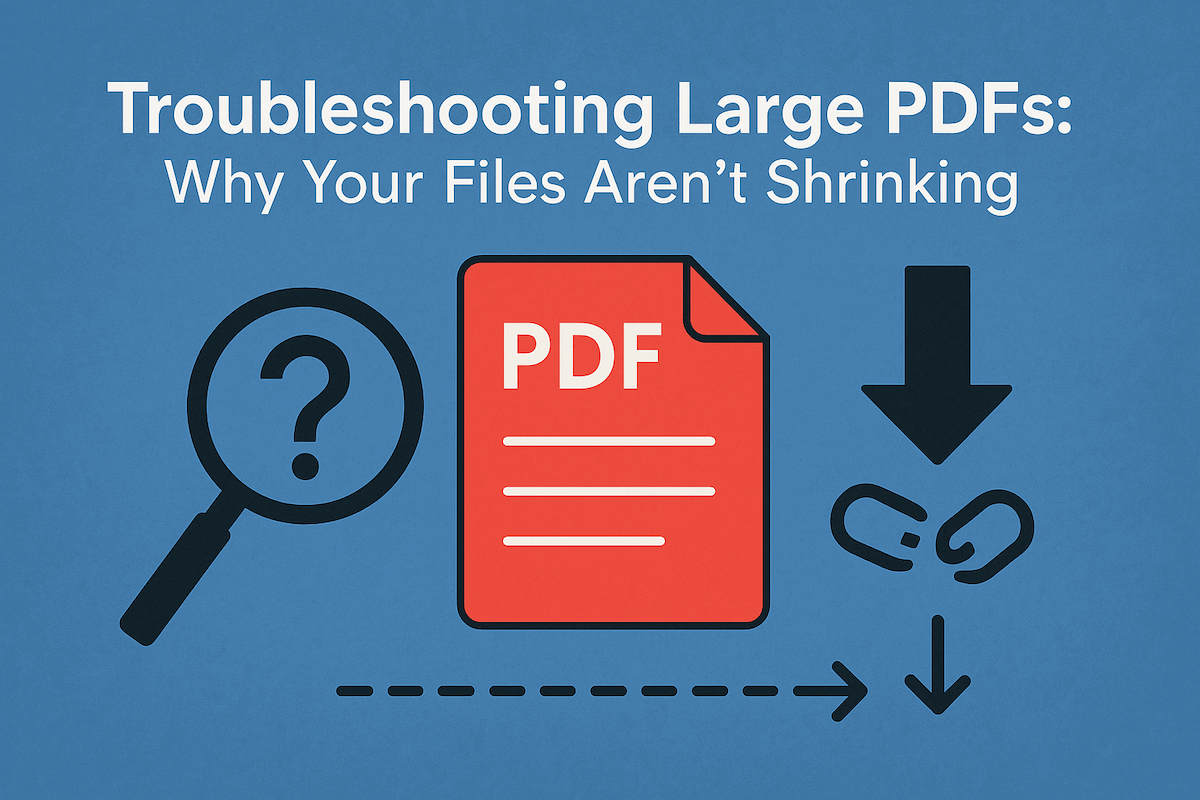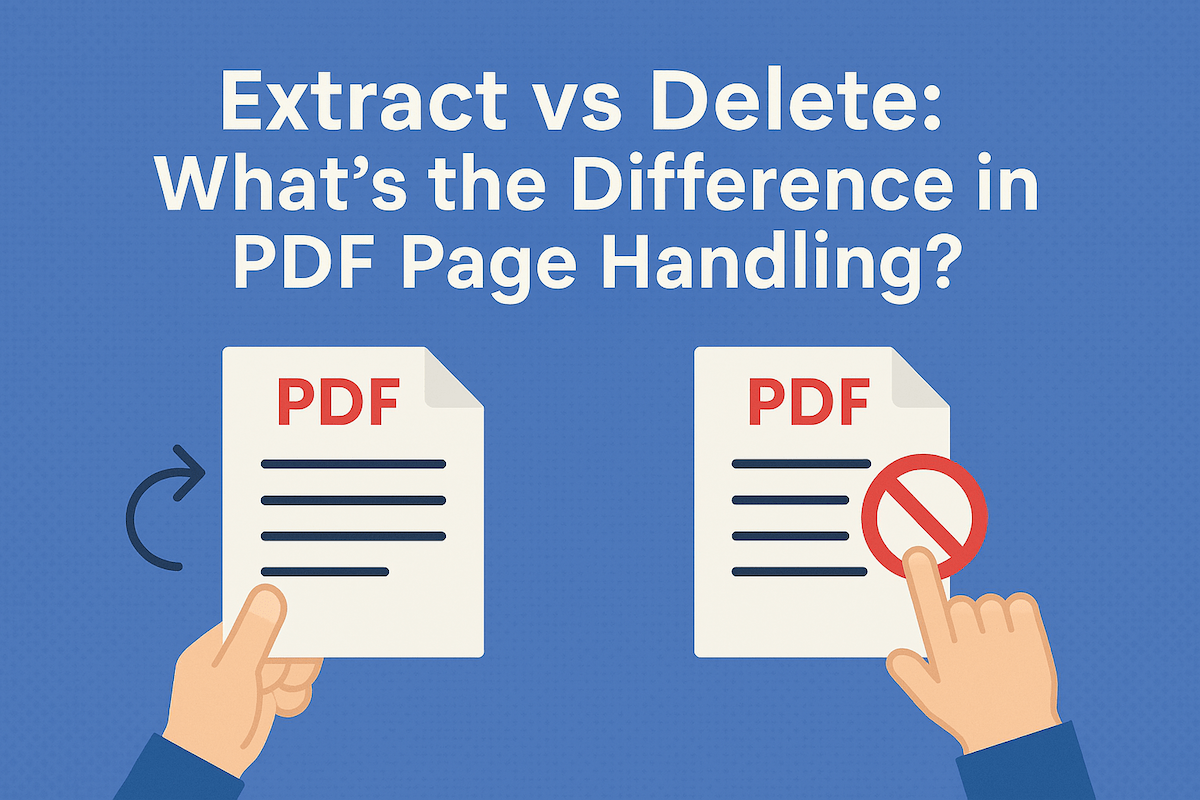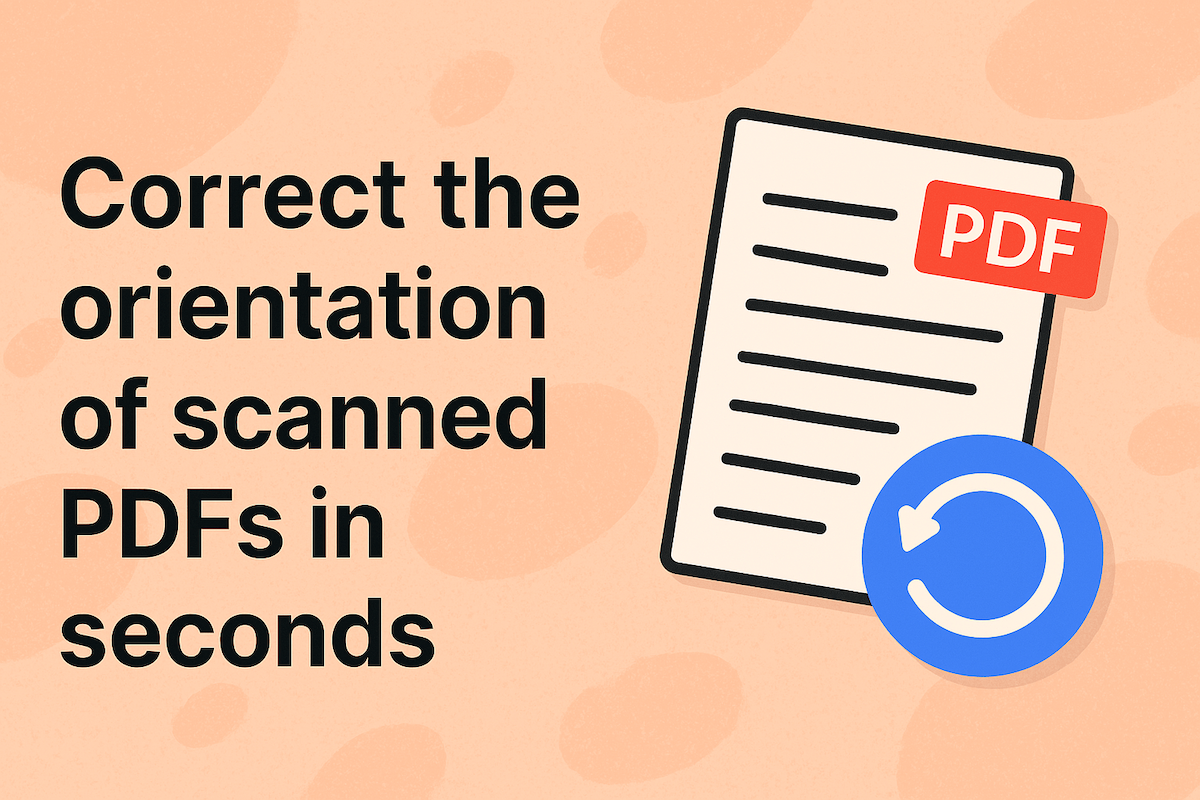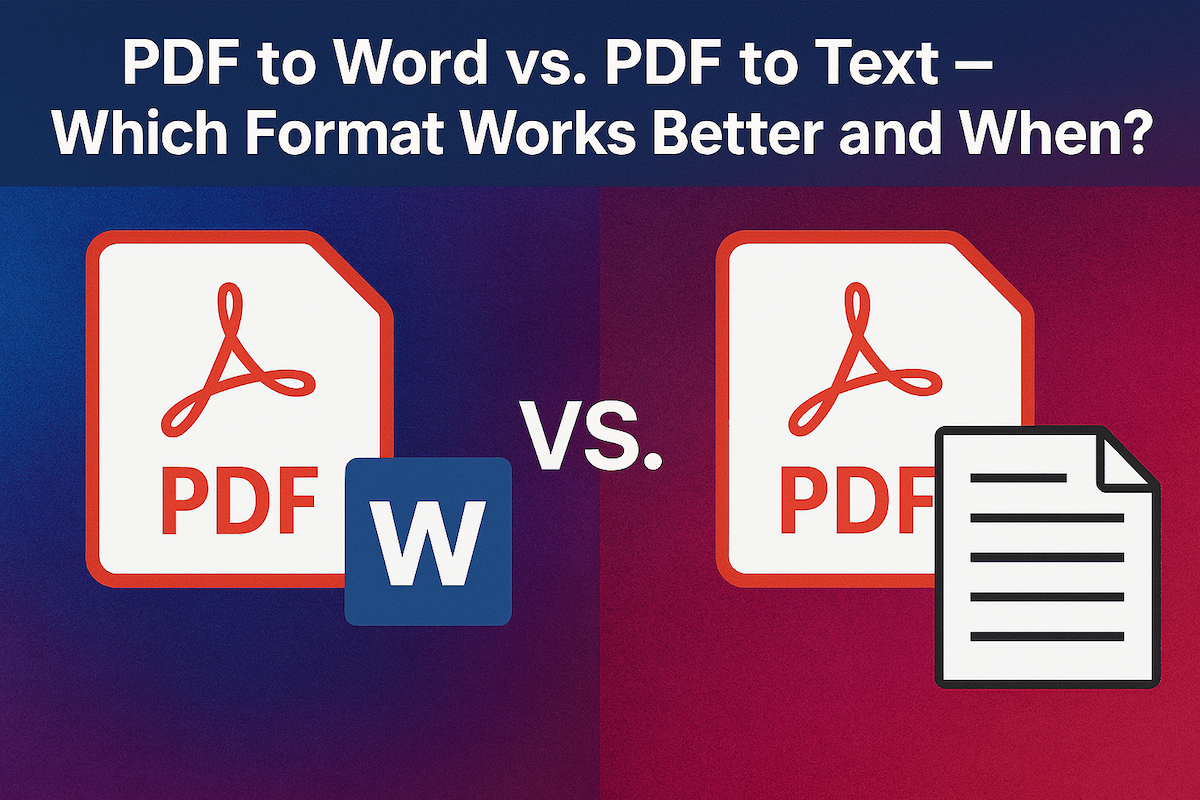Troubleshooting Large PDFs: Why Your Files Aren't Shrinking
Last updated

Large PDF files can be a hassle, making them difficult to share, upload, or even open smoothly. You've likely tried to compress PDF document files, only to find the file size barely changes. This can be incredibly frustrating. This article will explore the common culprits behind stubbornly large PDFs and provide effective strategies to help you finally shrink your files.
Why Is My PDF File So Large?
Before diving into why compression might fail, let's look at the usual suspects for large PDF file sizes. The issue often comes down to one or more of the following elements embedded within your document:
- High-Resolution Images: Images are frequently the biggest contributors to file size. A PDF containing many high-quality photos or graphics, especially uncompressed formats, will be significantly larger.
- Embedded Fonts: To ensure a document looks the same on any device, creators often embed full font sets. This can dramatically increase the file size, particularly if the document uses multiple or complex fonts.
- Complex Graphics and Objects: Intricate vector graphics, transparencies, and layered objects, often found in files saved from design software, add a substantial amount of data to a PDF.
- Metadata and Hidden Data: PDFs can carry hidden information that isn't visible on the page. This includes editing data, comments, attachments, and other metadata that silently inflates the file size.
Why Won't My PDF Compress?
If you've already attempted compression with minimal results, one of these reasons is likely the cause. Understanding the "why" helps you find the right solution.
The File Is Already Highly Optimized
It's possible the PDF was created efficiently from the start, or a previous compression attempt already shrank it as much as possible without a significant loss in quality. There is a limit to how small a file can get before it becomes unusable.
Ineffective Compression Settings
The compression method you used might not have been aggressive enough. Standard tools may not correctly target the largest components in your specific file, such as unoptimized images or embedded font libraries, leading to poor results.
Stubborn Content Types
Certain types of content are inherently difficult to compress and require a specific approach.
- Scanned Documents: If your PDF was created by scanning paper documents without using Optical Character Recognition (OCR), each page is just a large image. Standard compression might reduce the image quality slightly, but it cannot convert the image into much smaller text data.
- Excess Metadata: Professional design software can embed large amounts of application-specific data, sometimes called "Piece Information," which allows for easier editing later. Many basic compression tools ignore this data, leaving the file size unchanged.
- Complex Vector Graphics: While vectors are usually smaller than raster images, extremely complex paths, gradients, and objects can still be large and may not compress well with standard algorithms.
How to Effectively Shrink Stubborn PDF Files
Now that you understand the potential reasons, here’s how to tackle those large PDFs that resist shrinking.
Analyze Your PDF's Content
Before you start, identify what’s taking up the most space. Some advanced PDF editors have a "Space Audit" or "Optimizer" tool that shows a breakdown of file size by element (images, fonts, content streams, etc.). This helps you focus your efforts where they will have the most impact.
Optimize Images and Graphics
Since images are a common culprit, focus on them first. Reduce the resolution (DPI) to a level that is appropriate for the file's intended use. For on-screen viewing, 72-150 DPI is usually sufficient. If your PDF is a scanned document, use an OCR tool to convert the images of text into actual text data, which is much smaller.
Manage Embedded Fonts
If fonts are the main issue, try subsetting them. This means embedding only the specific characters used in the document rather than the entire font family. In some cases, you can remove font embedding altogether, but this carries the risk of text display errors if the recipient doesn't have the necessary fonts installed.
Clean Up Hidden Data
Use a PDF optimizer to find and remove unnecessary data. Look for options to strip out metadata, comments, attachments, and private application data. This cleanup can often result in a surprising reduction in file size without affecting the visible content.
Utilize a Reliable PDF Compression Tool
Sometimes, the most straightforward solution is to use a powerful tool designed for comprehensive PDF optimization. This approach handles all the potential issues at once without requiring you to manually diagnose and fix each one.
Introducing 500PDF Compress PDF
500PDF offers a robust and easy-to-use online tool specifically created to compress PDF document files efficiently. It analyzes the file structure and applies the best optimization methods to achieve a significant reduction in size while preserving quality.
Key Benefits
- Quick and Easy: Simply upload your file and let the tool do the work.
- No Installation Needed: It's a browser-based tool that works on any device.
- Secure and Private: Your files are handled securely.
- Completely Free: Use the tool without any cost or account registration.
- 123doc Account Integration: If you log in with a 123doc account, you get unlimited usage, and documents from your 123doc library are automatically synced and ready to go.
Compress PDF Document Online for Free with 500PDF
Understanding why your PDF files aren't shrinking is the first step to solving the problem. By identifying the oversized elements and applying the right techniques or using a powerful tool like 500PDF, you can finally make your large PDFs manageable and easy to share.


